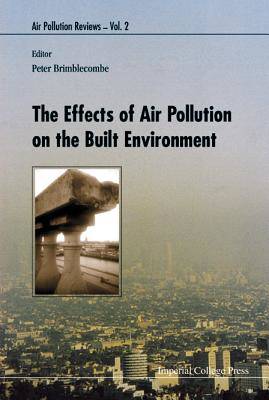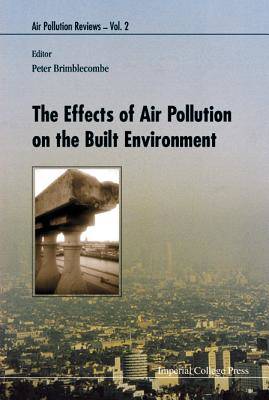
- Afhalen na 1 uur in een winkel met voorraad
- Gratis thuislevering in België vanaf € 30
- Ruim aanbod met 7 miljoen producten
- Afhalen na 1 uur in een winkel met voorraad
- Gratis thuislevering in België vanaf € 30
- Ruim aanbod met 7 miljoen producten
Zoeken
Omschrijving
Air pollution damages materials, but it has changed dramatically in the past century, with a reduction in the concentration of corrosive primary pollutants in urban atmospheres. At the same time, architectural styles and types of materials have changed, as we have moved to more organically rich, photochemically active atmospheres.Contemporary air pollutants have the potential to degrade organic coatings and polymers, which are of great importance to modern structures, while increasing amounts of fine diesel soot spoil the simple lines and smooth areas characteristic of many modern buildings.This book examines a range of materials, discussing the ways in which they are likely to be damaged by air pollutants. It should be of interest to scientists and policymakers dealing with the effects of urban air pollution.
Specificaties
Betrokkenen
- Auteur(s):
- Uitgeverij:
Inhoud
- Aantal bladzijden:
- 448
- Taal:
- Engels
- Reeks:
- Reeksnummer:
- nr. 2
Eigenschappen
- Productcode (EAN):
- 9781860942914
- Verschijningsdatum:
- 9/04/2003
- Uitvoering:
- Hardcover
- Formaat:
- Genaaid
- Afmetingen:
- 162 mm x 239 mm
- Gewicht:
- 739 g

Alleen bij Standaard Boekhandel
+ 494 punten op je klantenkaart van Standaard Boekhandel
Beoordelingen
We publiceren alleen reviews die voldoen aan de voorwaarden voor reviews. Bekijk onze voorwaarden voor reviews.








